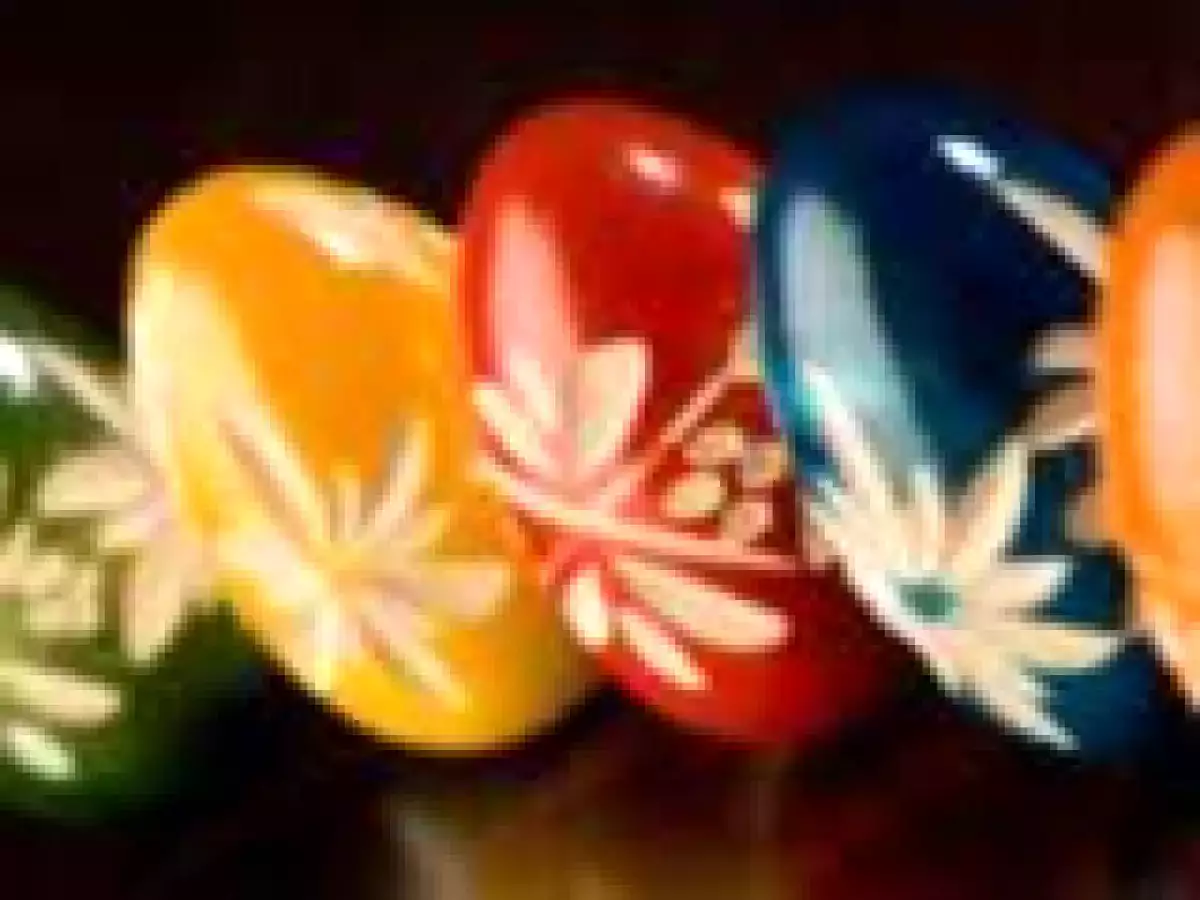Eggxotic Recipes for Easter


This weekend, Christians around the world will celebrate Easter. One of the symbols commonly associated to Easter celebrations is egg.
Why Egg?
Eggs and Easter have almost become synonymous. Easter eggs are special eggs that are often decorated and given to kids to celebrate Easter.
But how did Eggs come to be associated with Easter?
Despite claims being made that Easter Eggs were originally pagan symbols, there is no solid evidence for this.
Eggs were viewed as symbols of new life and fertility through the ages. It is believed that for this reason many ancient cultures, including the Ancient Egyptians, Persians, and Romans, used eggs during their spring festivals.
In Christian times, the egg was a symbol of new life just as a chick might hatch from the egg. And this is probably the reason why eggs came to be associated with Easter.
Since Easter to most people is inseparable from Eggs, in today’s blog post I would like to share with you 3 Eggxotic Recipesfrom my country to welcome Easter 2011.
Chili Eggs(or infamously known as Balado Telur)

Ingredients:
100 grams chilies10 shallots or 2 big onions
5 cloves garlic
2 big red tomatoes
sugar to taste
salt to taste
vegetable oil, more for frying eggs
500 grams chicken eggs, hard-boiled and peeled
Directions:
Boil chilies, shallots, garlic and tomato in boiling water for 5 minutes.Drain well and grind them up into a coarse paste
Fry the hard-boiled eggs in hot oil and set aside for later use
Heat cooking oil in a wok and fry the chili paste for two minutes.
Add the fried eggs and stir-fry for 10 minutes.
Remove from heat and serve with rice
Marble Hard-boiled Eggs orTelur Pindang

This marble hard-boiled egg is well-known in my country and usually served as a side dish of ‘Gudeg Yogya’ (please see my older post ‘Hit the Road Jackfruit’) or any other dish.
Ingredients:
7 medium size chicken eggssome guava leaves or teak leaves (this can be substituted with 3 tea-bags of Lipton black tea) for coloring agent
1/2 cup of shallot or onion skin
2 cm of galangal root, bruised
1 stalk of lemongrass (the white part), bruised
3 salam leaves (can be substituted with bay leaves)
Direction
Place all the ingredients in a saucepan and add enough water to cover.Bring to a gentle boil, reduce the heat and simmer for about 20 minutes, until the eggs are hard-boiled
Remove the eggs, tap them on a hard surface to crack the shells slightly

Add more water to the liquid if it is evaporating too quickly.
Remove the eggs and when cool, peel off the shell
The eggs will have a marbled pattern.
Sambal Goreng Telur
This is one of Indonesian traditional egg dishes and I simply cannot translate the name…..

Ingredients:
12 chicken or quail eggs (in this recipe I used quail eggs)4 tablespoon oil
6 shallots, thinly sliced
3 cloves garlic, thinly sliced
1 teaspoon roasted shrimp-paste
10 red chilies, thinly sliced
2 cm Galangal root, bruised
1 Bay or Salam leaf
½ teaspoon tamarind paste
2 teaspoons sugar (I use brown sugar)
1/2 cup coconut milk
To prepare the spice-paste:
Grind the shallots, garlic, chilies and roasted shrimp-paste in a mortar using pestle into a smooth spice-pastePreparation:
Boil the eggs in water until hard boiled, peeled and set asideHeat oil in a Wok or frying pan.
Stir fry the spice-paste until fragrant
Add in the galangal, salam leaf, tamarind, sugar
Pour in coconut milk and ½ cup of water and cook for 15 minutes
Add in the hard boiled eggs and heat through in the sauce for a few minutes
note: the hard boiled eggs can also be fried first before cooked in the sauce
Enjoy the Eggxotic Dishes and
 Picture by GD25 in Photobucket
Picture by GD25 in Photobucket
References:
wikipediaholidayspot.com
indochinekitchen.com
tastefood.info
Filed under: My Food-o-pedia, My Recipes & Beyond Tagged: balado telur, Easter, eggs, eggxotic recipes, marble hard-boiled eggs, postaweek2011, sambal goreng telur, telur pindang
Comments